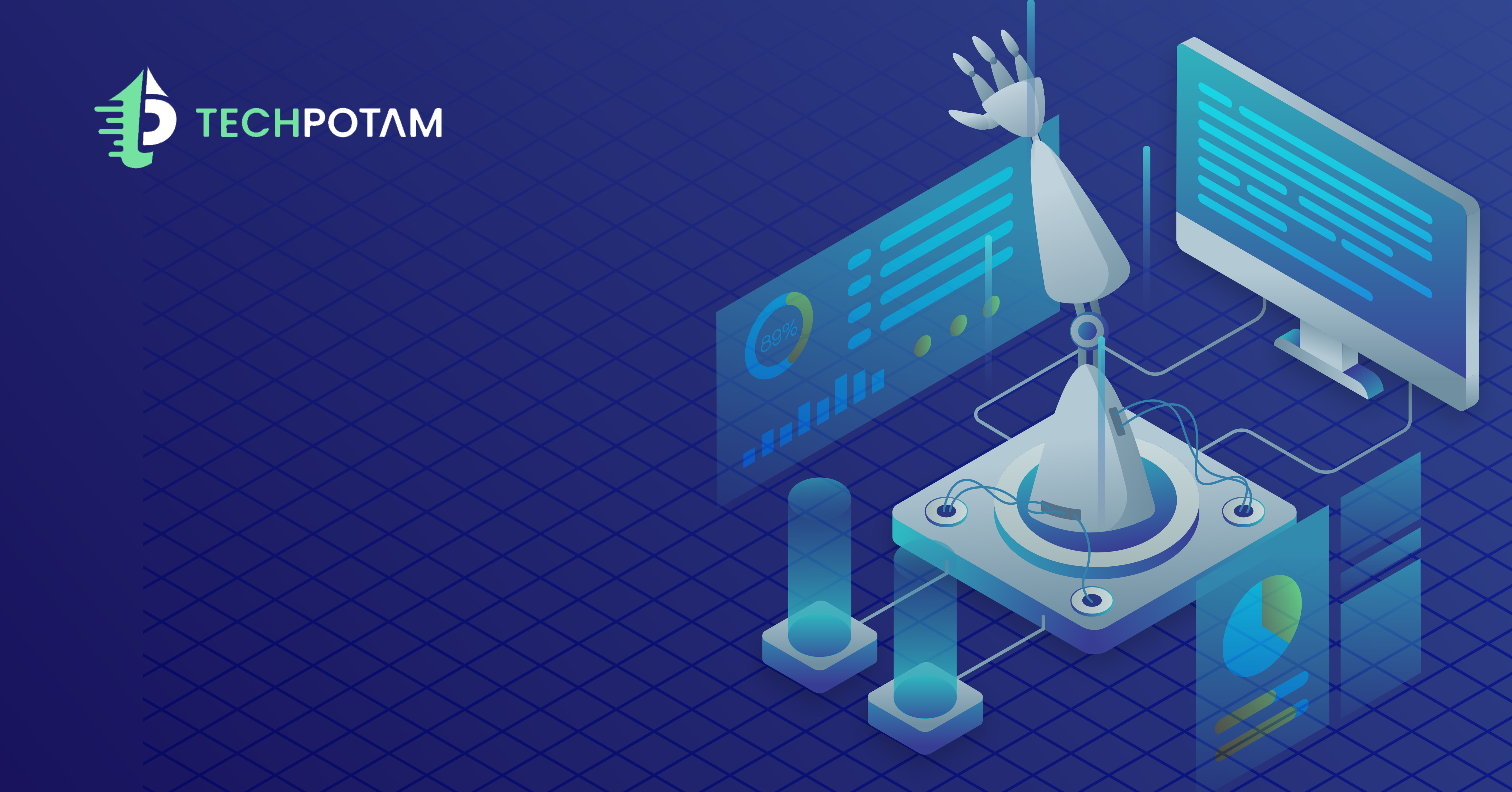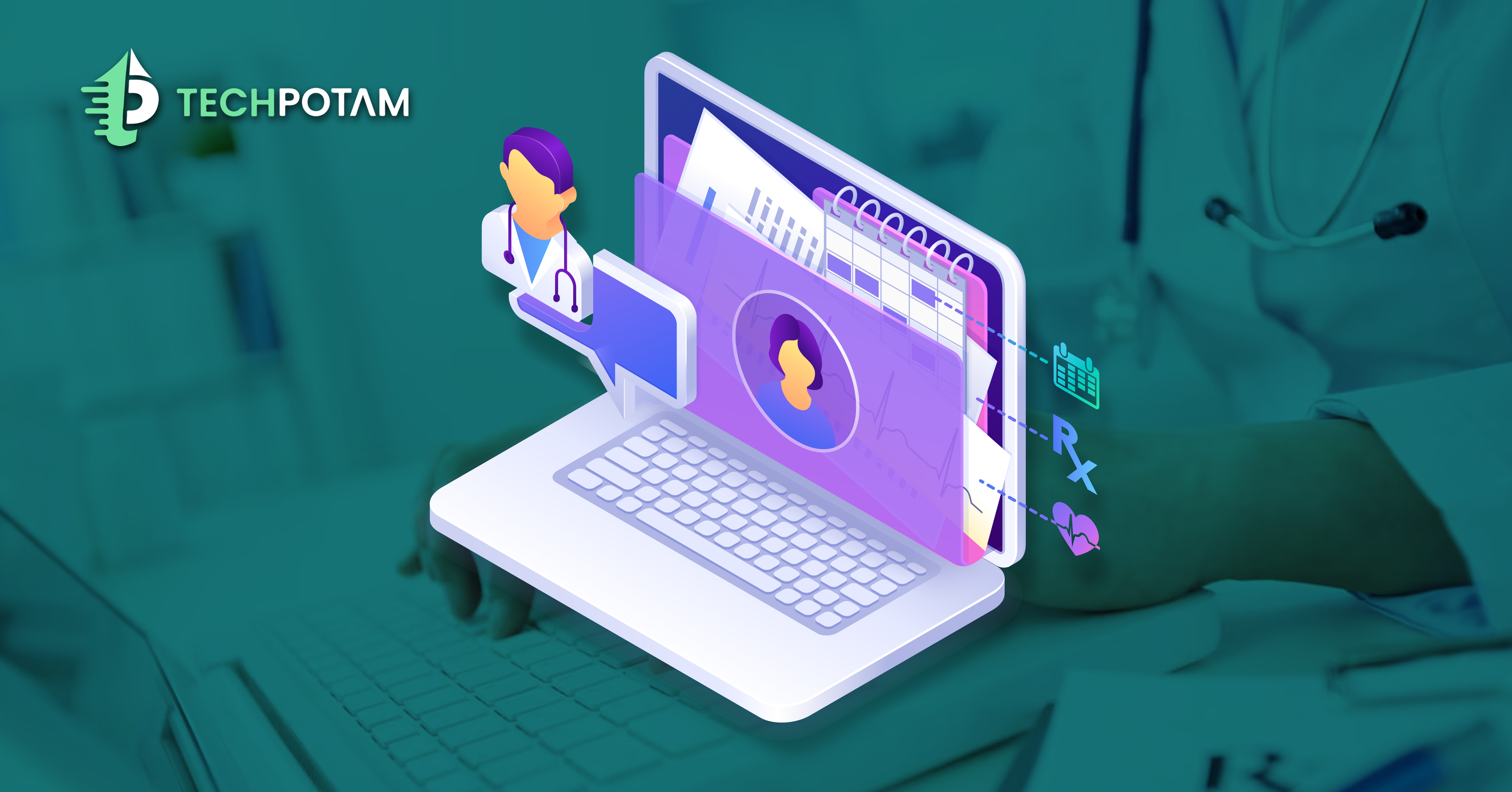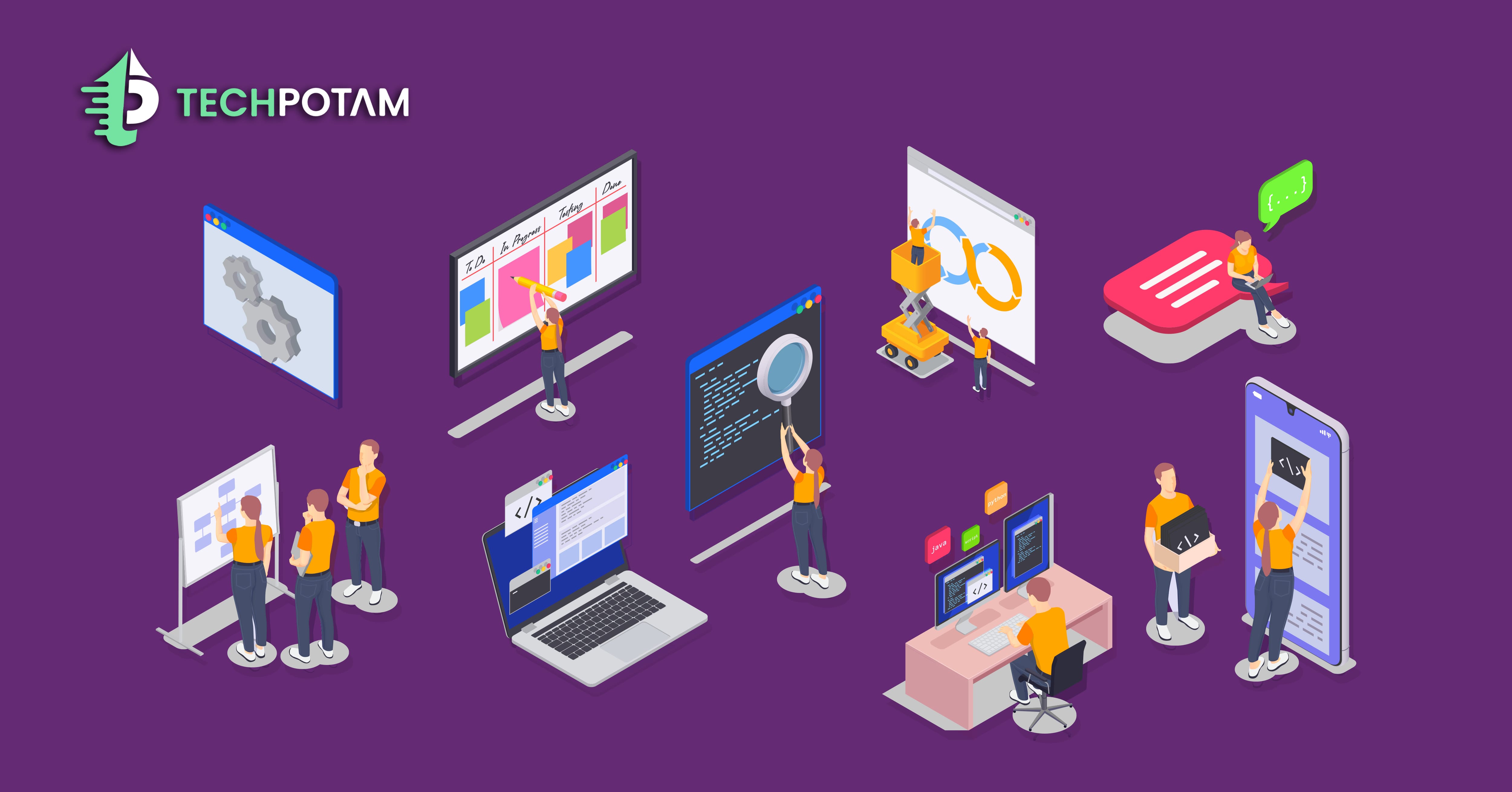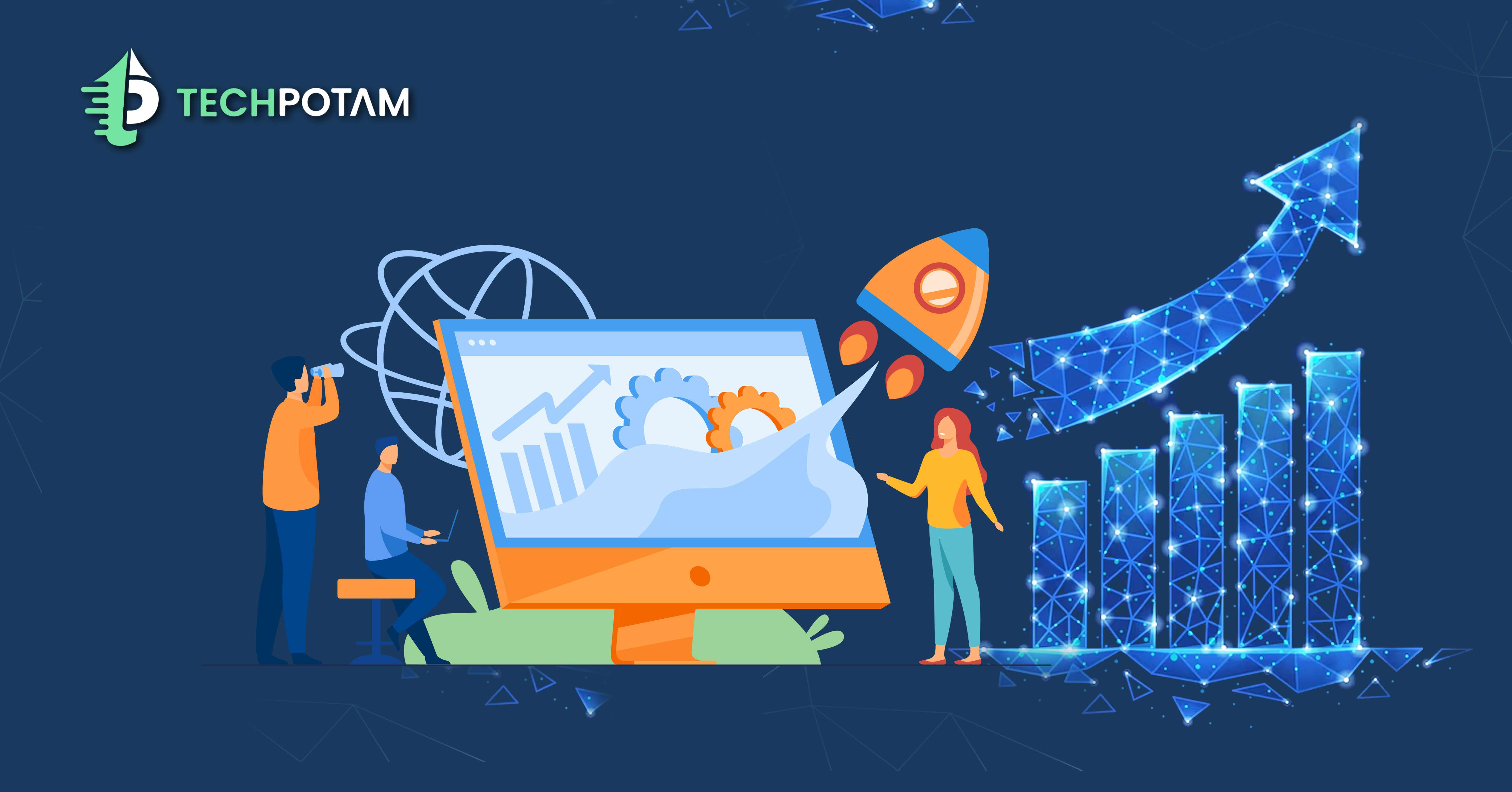The speed of progress in web development keeps rising while new trends as well as technologies come into place each year which determine how websites and web applications are assembled. As we enter into 2024 the future of web development is being defined by numerous critical movements and approaches are setting the agenda for what will happen to this area. Therefore, below is an extensive outline of these upcoming tendencies:
Rise of AI-Powered Web Development
- AI has become an integral part of web development services, and it employed more widely than ever before. For instance, to name but a few examples, some tools use artificial intelligence to automatically generate codes for website design layouts as well as create site content.
- With the help of artificial intelligence (AI) Future of Web Development, user experience can enhanced through content suggestions tailored to individual users and through intelligent chatbots that make website-user communication more effective.
Adoption of WebAssembly (Wasm)
- WebAssembly is in vogue because it permits developers to operate codes written in different languages apart from JavaScript, almost similar to a native pace when working with the web. Thus providing room for intricate software designs like games and simulation applications on the browser while sustaining efficiency at all times.
- Besides web-based platforms, WebAssembly also creates a link between contemporary software projects and earlier programs. That makes it possible for programmers to make use of their skills in C++, Rust, or Go when developing for the internet.
Progressive Web Apps (PWAs)
- People have been increasingly utilizing Progressive Web Apps (PWAs) because these applications provide an experience that is similar to the one offered by a native app on the web browser. PWAs are quick, and constant and they don’t require the traditional application store for installation; instead, they can directly installed into users’ devices.
- As PWAs have evolved, the use of service workers and caching has led to their ability to function without the internet and offer an uninterrupted experience when there is a weak connection.
Increased Focus on Web Accessibility
- The importance of Web Accessibility keeps on growing due to regulatory measures as well as the quest for making an inclusive digital experience. In recent times, developers have used different tools and frameworks aimed at ensuring that nobody misses out on accessing websites, even when having some form of physical challenge.
- Automated accessibility testing tools are there to help developers identify problems with screen readers, keyboard navigation and color contrast issues which ensures WCAG (Web Content Accessibility Guidelines) compliance.
Serverless Architecture
- Web applications deployed and managed in a completely different way because of serverless computing. Therefore, rather than having to think about infrastructure, they can concentrate on writing code.
- Scalability is provided by serverless architecture and this is how it cuts down prices and streamlines deployment. For apps with varying workloads or those whose load cannot predicted, this model is a perfect match.
Jamstack Architecture
- Jamstack (JavaScript, APIs, and Markup), which is quickly becoming a choice of modern web development architecture it is getting popular in modern web development and Future of Web Development. It disentangles the front end and back end enabling fast loading time, improved safety and easier expandability.
- The essential elements of Jamstack architecture, which allows developers to create very efficient websites that have dynamic content, include static site generators, headless CMSs as well as CDNs (Content Delivery Networks).
Headless CMSs
- Instead of the traditional content management systems (CMS), which have replaced headless CMSs, APIs used to deliver content on any front end. separating content from presentation, developers allowed to use whatever tech stack they want on their front while a single repository kept for all the content.
- Consistent user experience across several types of platforms including websites, mobile applications and IoT devices can ensured through Headless CMS which is very useful.
Micro Frontends
- Micro frontends, as the name implies, refer to the breaking down of the front end into smaller, manageable parts. Each micro frontend can undergo independent development, testing, and deployment; this allows the development cycles to be faster and maintenance easier.
- This approach is especially useful for large-scale applications where different teams can work on different parts of the front end simultaneously.
Enhanced Web Security
- As a result of increase in cyber threats, web security expected to the most important consideration for Future of Web Development in 2024. To safeguard user information, developers are implementing high-end security measures including multifactor authentication (MFA), encryption, and secure coding practices.
- The conventional application of HTTPS and SSL certificates ensures that the data that sent between users and websites remains safe from any interference cybercriminals while in transit.
Immersive Web Experiences with WebXR
- WebXR, or Web Extended Reality, is revolutionizing web development by facilitating immersive experiences via Virtual Reality (VR) and Augmented Reality (AR) right in the browser.
- With the growing number of devices that are compatible with WebXR, it has now become possible for developers to create user-centered interactive experiences which may include virtual tours, 3D rendering, and augmented reality shopping.
No-Code and Low-Code Development Platforms
- The rise of no-code and low-code platforms is democratizing web development, allowing non-developers to create websites and web applications without writing extensive code. These platforms involve drag-and-drop interfaces and built-in templates, making it easier to develop.
- These may be platforms that do not stand in for traditional development but allow quick prototyping and make it easier for firms to take their digital products out into the market as fast as possible.
Evolution of JavaScript Frameworks
- React, Angular and Vue.js are changing continuously by the introduction of new functionalities and enhancements. These frameworks form the basis for contemporary web applications which enable developers to create fastened and lively user interfaces.
- Performance enhancement, minimization of package size, and improvement of developer experience through tools like Next.js and Nuxt.js that provide server-side rendering and static site generation have become the new goals.
Sustainable Web Development
- Sustainable web development is gaining momentum as environmental worries escalate. To cut down the website’s carbon emissions, developers are concentrating on code optimization, reducing resource consumption and using energy-efficient hosting services.
- To develop a sustainable web, it is also necessary to create small and fast websites thus reducing the energy needed for its loading and as well as interaction with the pages.
Adoption of GraphQL
- The flexibility and efficiency of GraphQL are encouraging developers to adopt it as their favourite API query language. GraphQL queries let clients request only what they want, as opposed to REST APIs which transfer all possible data at once.
- GraphQL has become an essential tool for creating complex applications that rely on data from multiple sources due to its capacity to aggregate data from several sources in one query.
Edge Computing for Web Development
- Edge computing has a huge effect on the development of websites because it puts together computations and data storage that is near the user. By doing so, the data processing happens at the edge of the network leading to reduced latencies hence faster response times for enhanced user experience.
- Real-time data processing applications like video streaming, gaming, and Internet of Things applications benefit vastly from this technology.
Enhanced DevOps and CI/CD Practices
- Future of Web Development is increasingly reliant on DevOps and Continuous Integration/Continuous Deployment (CI/CD) practices. Teams can more often and with greater assurance deploy new features, updates, and repairs by automating deployment processes.
- The rise in containerization tools like Docker and Kubernete’s growth of use assists in preserving uniformity through different parts of program building namely programming, verification and production.
Blockchain Integration
- In the field of online building up, blockchain innovation is coming, especially in decentralized applications (dApps) along with secure data transactions. A well-made blockchain implements knowledgeable transparency which requires certain degrees of faith and confidentiality in certain works.
- Many sectors have started adopting blockchain technology, leading to a growing demand for web developers who can incorporate this functionality into their web apps.
Cloud-Native Web Development
- Creating web applications that can expand and withstand robust challenges is now in line with what everyone is doing – it’s called cloud-native development. In this way, when one uses these services to create an application on demand both cost-efficient development costs and minimum manual involvement will be possible.
- Cloud-native architectures are meant to allow for the use of tools and services offered by the cloud by developers such as databases, storage as well as AI and ML functionalities which help in improving their applications.
Responsive Design Beyond Mobile
- Responsive design has always aimed to adapt websites for mobile and desktop sites but nowadays they are more inclined towards developing websites that can be accessed from various devices such as wearables, smart TVs, and folding screens.
- Using a “mobile-first” method, developers are making sure that websites screen tiny appropriately before scaling them up for larger devices.
Growth of Web Components
- Web Components have become popular in the development of modular and reusable components for use in varied web apps. Such code reusability and modularity are important for controlling big code bases making them simple to manage and maintain.
- Web Components are supported by major browsers hence more prevalent and standardized practices that are being rooted in web development processes
Conclusion
When we talk about the Future of Web Development in 2024, it is strongly influenced by a wide range of coming trends and technologies. AI-driven tools, serverless architecture adoption on the rise and distributed web assembly are some of those significant trends in their way toward efficient, secure and more engaging internet experience. As developers try to redefine limits by doing creative things with the help of this technology, it controls our lives according to this technology’s expanding domains creating a new market for users and companies.














